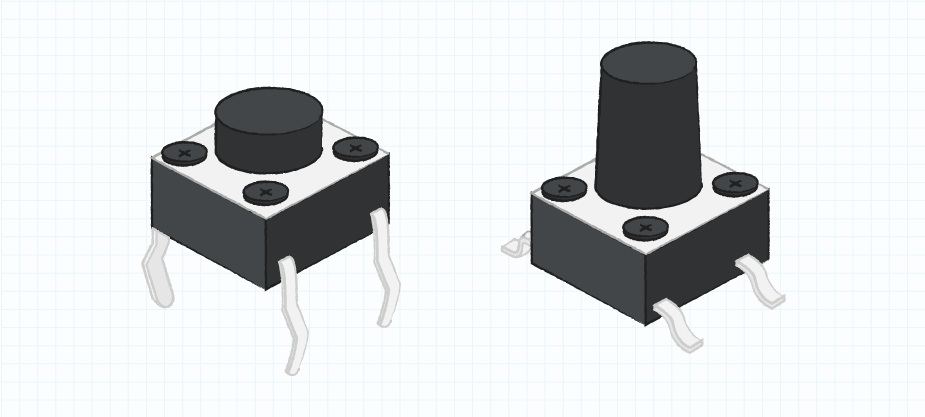Gaming professionals often seek out specialized tactile switches for smoother keystrokes.
Checking Out the Advantages of Tactile Switches Over for Your Following Job
Responsive switches, characterized by their noticeable responses, are critical for enhancing customer communications in innovation. These parts not only confirm input through physical experience however also promote procedure in environments where acoustic or visual signs are inadequate. As industries significantly prioritize straightforward user interfaces, the adoption of responsive switches throughout various fields-- from customer electronics to commercial machinery-- benefits consideration. To recognize their complete potential, one must discover both their practical benefits and varied applications.

Understanding Tactile Changes: Just How They Work and Their Kinds

These switches are available in different types, consisting of dome, fallen leave, and tablet. Tablet buttons are understood for their portable size and are often made use of in devices with room restrictions.
The Duty of Tactile Feedback in Customer Experience
Individual experience is significantly boosted by responsive comments, which offers as an indispensable bridge between the device and its individual. Responsive buttons, by their actual nature, supply a physical feedback to individual actions, verifying inputs with a noticeable feeling.
In the world of availability, tactile feedback plays a critical duty. Thus, tactile responses is fundamental in making instinctive and effective customer experiences (tactile switches).
Comparing Tactile Switches With Various Other Types of Buttons
While responsive buttons supply conclusive feedback that helps in availability and customer self-confidence, it is crucial to analyze just how they stack up against other kinds of switches made use of in electronic tools. Linear switches, for example, provide a smooth keystroke without the responsive bump, which can be preferable for jobs requiring rapid crucial presses, such as video gaming. However, they do not have the unique feedback that aids avoid inputting errors apparent in tactile switches.
On the various other hand, clicky buttons, comparable to tactile variants, provide distinct feedback. They produce a louder click audio at the actuation point which responsive switches do not. This noise can be pleasing but could be disruptive in peaceful atmospheres. Somewhat, responsive switches strike a balance between the quiet operation of linear buttons and the loud guarantee look at here of clicky buttons, making them flexible for both loud and silent setups. This flexibility allows for a bigger variety of use cases without triggering disturbance.
Practical Applications of Tactile Changes in Different Tasks
Countless modern electronics integrate responsive switches because of their trustworthy feedback and user-friendly user interface. These parts are especially widespread in gadgets requiring exact customer control. As an example, consumer electronic devices like keyboards, remotes, and pc gaming controllers use responsive buttons to enhance the customer experience by supplying immediate responsive feedback upon actuation. This feedback guarantees individuals of their input enrollment, which is critical in high-speed pc gaming or data entry jobs.
Moreover, responsive buttons are located in numerous commercial applications. They are check these guys out made use of in producing devices panels and handheld analysis tools where operators gain from clear functional feedback during equipment handling. Medical devices likewise make use of responsive switches, adding to their safety and security and efficiency. These buttons enable health care specialists to run devices swiftly and with accuracy, critical in emergency situation and medical setups. Therefore, tactile switches prove important across a wide spectrum of sectors, using both performance and dependability.
Tips for Picking and Integrating Tactile Changes in Your Styles
When picking tactile switches for different design tasks, it is vital to think about numerous key aspects to ensure optimal efficiency and integration. Portable layouts might necessitate smaller sized switches, which could affect the responsive feedback and longevity.
Furthermore, the ecological conditions where the original source the tool will certainly run are vital. For jobs exposed to moisture or dirt, choosing buttons with greater IP scores to stand up to such elements is a good idea. Integration convenience must be evaluated. The button needs to work with the existing circuit layout and installing requirements. Using buttons with pre-soldered leads or those that supply clear soldering guidelines can streamline the assembly process, making certain a dependable and effective combination right into the end product.
Conclusion
